
A collection of tips and tricks for the experienced wallcrawler.
Contents
Introduction
All credit goes to BROOD-SkorpioN!
Over the years, I’ve been asked quite often for tips on how to effectively play the alien, and while I was always happy to give advice, I always felt a desire to provide something more detailed; Something that would truly be beneficial to players and would go beyond a simple chat response. Now I have finally gotten around to write something somewhat similar to a proper advanced guide on the alien, so if you always wondered how I do what I do, hopefully the few tips in this guide will help.
Note: This guide is not for beginners. Meaning, if you’re not strafe running, tail swiping, orb destroying and have not yet mastered the alien’s advanced movement tricks, I don’t think you’ll make much use out of this guide. This is for advanced players and above. If you’re it, you’re in luck. Keep in mind, everything in this guide is my own personal experience and is a direct result of my playstyle. As with all gameplay guides, it should not be taken word for word, but rather incorporated into your own playestyle to get the best results.
How to Improve Your Jump Accuracy and Tail Timing
Over the years I have come up with 3 training exercises to help with your jump accuracy and tail timing. The beauty of those exercises is that two of them are also practical, meaning you can (and should) use them even during a tournament match.
1. The Subway orb target practice – This is the first of the two practical exercises on my list. Here’s what you should do: Your starting position should be the place shown in the screenshot:
As you know, on the other side of the street there is a pillar. On top of that pillar you’ll find one of the two predator orbs located on this map. Here’s a screenshot to demonstrate:
The rules of the exercise are simple: Your goal is to reach the orb and desroy it. There’s a small catch though, and this is also where things get fun: you are only allowed to get there via jumps and if you touch the ground you must resume your starting position. I personally like finishing this exercise with a mid-air wallglide aross the right side wall in order to get back to the starting position, but that’s optional.
As you can already see, this exercise makes good use of mixing wallbouncing and good tail timing, and of course it has the added bonus of quickly and easily disposing of orbs. If you’re struggling with this exercise at first, a simplified version of it can be performed with the same idea in mind, but a close starting position, as shown in the following screenshot:
2. The Statue jumpclimb maneuver – This is the second of the two practical exercises on my list. This one has a simpler starting position, but an overall more difficult objective. You start at the bottom of the main room in Statue and can position yourself anywhere you want. The goal is to reach the top of the map while utilizing nothing but jumps, as shown in the following screenshot:
This exercise is probably the most difficult of the three. Not many players can consistently pull it off, myself included. Most players can’t pull it off at all. If mastered, though, you’ll be able to move around Statue a lot quicker than anyone else, which will give you a real edge against any opponent.
3. The Statue medicomp walljump – The last one is pretty straightforward: There’s a medicomp laying around in the center of the main room in statue, as shown in the following screenshot:
Simply pick a wall, do a walljump and try to hit the medikit. You can do it off the main four walls, off the ramp or even while bouncing off the ceiling. Not very practical in serious matches, but a good way to work on your timing.
Fighting Good a Predator
1. Versus Speargun:
Dealing with the speargun is the simpler of the two main predator weapons when fighting an experienced predator because his experience will not be reflected in his use of the speargun. The lack of travel time and the rapid fire nature of the weapon means that people with good aim will do well while using it even if they have no clue about how to properly play the species. That said, with the alien’s speed you’ll have less things to worry about in such a fight, since splash damage won’t be an issue. The key to dealing with the speargun is to establish constant pressure on the predator while trying to achieve two objectives:
A. Establish yourself as a credible threat – This means that when you get near the predator you must be able to hit him often. While hitting him with the tail is preferable because it increases your chances of killing him, hitting him with the claws is also good because it messes up the predator’s aim every time he take’s damage. While killing the predator is always great, your main goal with establishing yourself as a threat is to make the predator nervous. Nervous players miss more often, which leads us to our second objective:
B. Waste the predator’s ammo – When fighting a speargun predator, making him miss as often as possible is just as important than securing a kill. If the player focuses on speargun use, his shoulder cannon use will likely not be as effective (players who use it well usually save the speargun for emergencies), so your goal will be to make your opponent waste his ammo and switch to the cannon. If he manages to escape in order to heal, as long as you have control over the orb spawn timing, you should welcome it. That means he’ll have much less energy to power his cannon later on. A predator that wastes resources without an ability to recover them will not stay alive for much longer.
2. Versus Shoulder Cannon:
Dealing with the cannon is very easy when fighting beginners, but can be downright frustrating when fighting an experienced player. The first thing you must figure out when fighting an experienced shoulder cannon user is what vision mode is he using. This is fairly easy to notice: If you see the iconic red light from the predator’s targeting, he is using Electrical vision mode and has a lock on.
If he is not using the correct vision mode, the answer to dealing with him is simple: Keep your distance and use speedy jumps to attack him from afar. Since he is using a different vision mode in order to kill you with splash damage when you’ll try to approach him on the ground, he is making it harder to spot you from a distance. By avoiding a ground approach altogether, you’ll mess up his plan and force him to switch back to the correct vision mode, otherwise he won’t be able to see you coming.
If the predator is using the correct vision mode from the start, this makes things a bit trickier, because it means you’re dealing with a player who knows how to break the cannon’s autoaim. Carelessly running up to such a player would most likely result in your death. This would also mean that casually wallbouncing around will not be effective either, because he’ll be able to use the fact that you have committed to a move in order to predict your destination and snipe you down.
My approach to dealing with such players is what I like to call the “Floor is Lava” approach. What it means is that you must establish an imaginary perimeter around the predator, to which you will not enter. How big should that perimeter be? It varies from player to player, but the basic idea is that you must be far enough away to be able to sidestep a cannon shot on reaction. Here’s a screenshot for Illustration:
Red illustrates the “floor is lava” zone, while Green illustrates the perimeter you need to create around it. Once you establish said perimeter, you must stay outside of it the whole time, while quickly transitioning from the floor to the walls surrounding the predator, and only occasionally quickly going in and out with an attempt to cause damage while staying unpredictable. The goal of this method is to play a game of patience with the predator that should provide psychological pressure. Being the overpowered species, the predator will be the one to make the first move, which you should use to sidestep his shot and quickly punish him while he’s recharging his next shot. Once you’re able to secure two hits, you should feel free to enter the perimeter and attack him. He’ll be nervous for his health, which will increase his chances of messing up, and even if you’ll only end up trading kills in that situation the engagement has already worked out in your favor.
Chasing a Good Predator into Corridors and Stairways
One of the biggest dilemmas when playing as an alien is when to give chase once a predator player runs away into a tight corridor or stairwell. In order to answer that question, there are 3 questions you must answer for yourself:
- Is the orb spawning under your control?
- How hurt is the predator?
- Is the predator expecting you to chase him?
If you haven’t destroyed the orbs, you have to give chase, if only to stop the predator from getting an orb. Otherwise, whatever edge you established by hurting the predator and making him waste resources will be nullified.
If you have destroyed the orbs, but didn’t hurt the predator too badly (one tail hit or less), you can allow him to escape and heal. He’ll be extra weak the next time you run into him. If you have destroyed the orb and hit the predator at least twice with fully charged tail, you should give chase because your opponent will be nervous and thus likely to miss even if he is expecting you.
One key element you should always keep in mind when chasing after good predators (and even not-so-good ones), is that they’ll often be expecting you to give chase. Good players will often try to exploit their perceived state of vulnerability to score an easy kill against an impulsive alien that ventures into a tight hallway, where he has nowhere to go in order to escape the predator’s shot. If you’re able to dictate the match by destroying the orbs and/or (hopefully) securing a score lead, such tactics shouldn’t worry you. For the sake of this instruction, let’s establish a common scenario:
You’ve been fighting a predator in the Subway streets, managed to hurt him twice and as a result, he ran off into the clock tower in order to reach the orb on the pillar. Did he run away healing, or is he expecting you to chase after him to get an easy cannon kill while you’re running up the stairs?
Here are two approaches to deal with such predators if they are expecting you:
1. The predator is expecting you on top of the stairs with his shoulder cannon ready – a simple way to deal with this tactic is to simply sidestep quickly in and out of the staircase (this simple sidestep is a good approach to deal with all optential camping), as illustrated in the following screenshot:
The goal of this is twofold: It allows you to confirm the predator’s location and intention, and it also, in most cases, forces the predator to fire a shot and miss. As I have already mentioned in previous sections, making the predator waste resources is benificial to you, and is a recurring theme when it comes to fighting them. Once your opponent’s location is established, you can use that information to play mindgames with him. You can repeat the same trick again just to make sure the predator is still there. If he is, you can either charge his position while he’s recharging, or you can just spend a couple of seconds outside, making him worried about whether you’ve climbed to the top of the tower or remain near the bottom exit. This way you can charge his position while throwing off his timing and putting him in a state of confusion.
2. The predator is expecting you to give chase, but instead of waiting for you, he just fired a well timed shot at the entrence floor hoping you’d step inside in time to get killed by the splash damage – This is what the more experienced players will do, as it gives them the time and distance they need in order to escape and heal/recharge. The bad news with this approach is that unless you know in advance that your opponent is prone to such tactics, you’ll probably get killed the first time he does it. However, if you do know that your opponent is likely to pull off something like this, simply stop for a second before entering the staircase just to throw off the timing of his shot. Then you can freely wallbounce after him to the top of the tower. If your wallbouncing is on point, you should still be able to catch up before your opponent reaches the top of the stairs.
Exploiting Minigunners Firing at You With their Backs a Wall
Minigunners, due to their camping tendencies, tend to stand with their backs to a wall when firing at others. This is particularly the case when fighting aliens, because minigunners would like to maximize their distance from the alien player. This type of position, while being good on paper, is very easy to exploit to your advantage by jumping on the wall behind them. Here’s a screenshot for illustration:
As you can see, I have highlighted the area you need to aim for with a Red Box. Jumping there creates a very uncomfortable situation for the marine:
1. It allows you to easily and safely dodge the minigunner’s fire.
2. It leaves the marine completely exposed once you land on the wall. The reason for this is that the minigunner has no time to run. He can’t move while firing, so he must now wait until the minigun stops spinning before he can go anywhere. While that time is not long on paper, it is way too long in a situation when your opponent is already within range to one-hit-kill you.


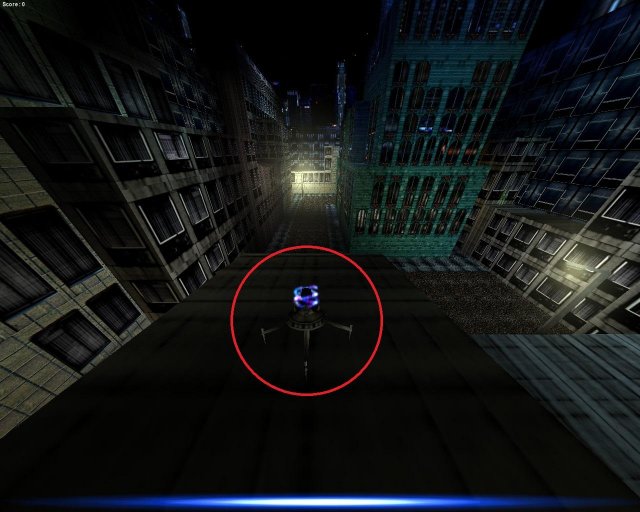
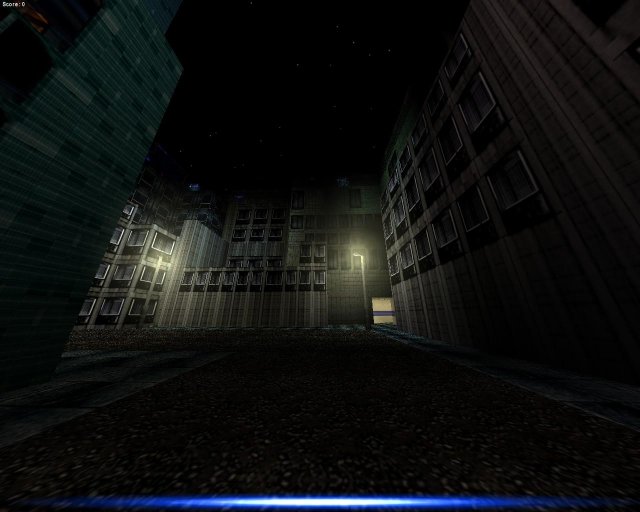
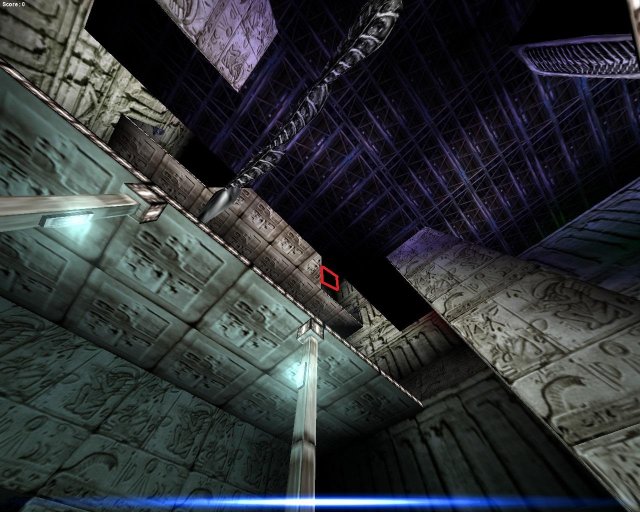
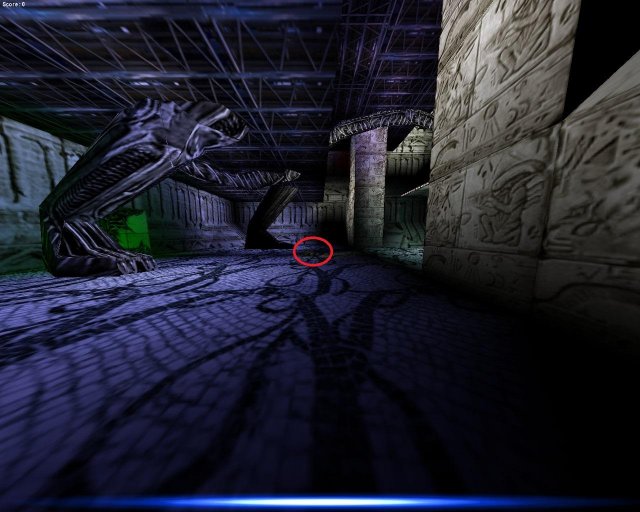

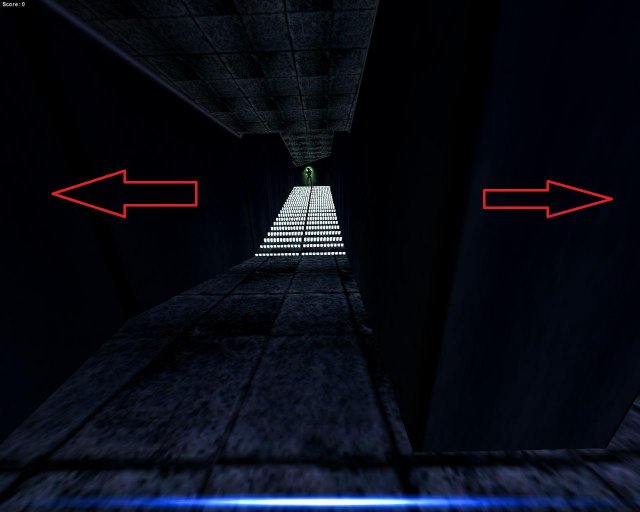
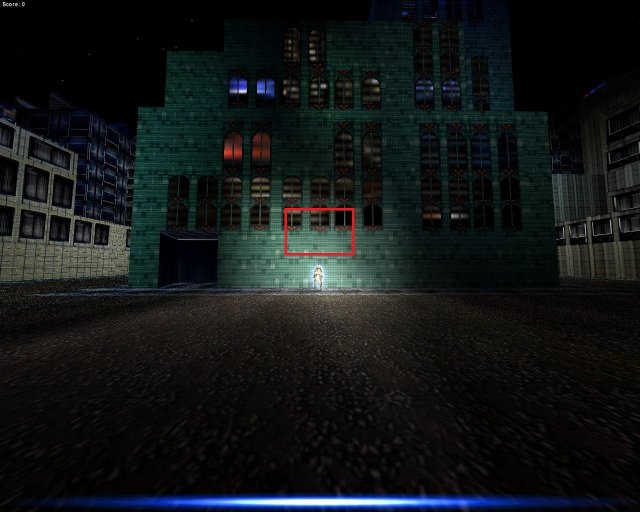

Be the first to comment